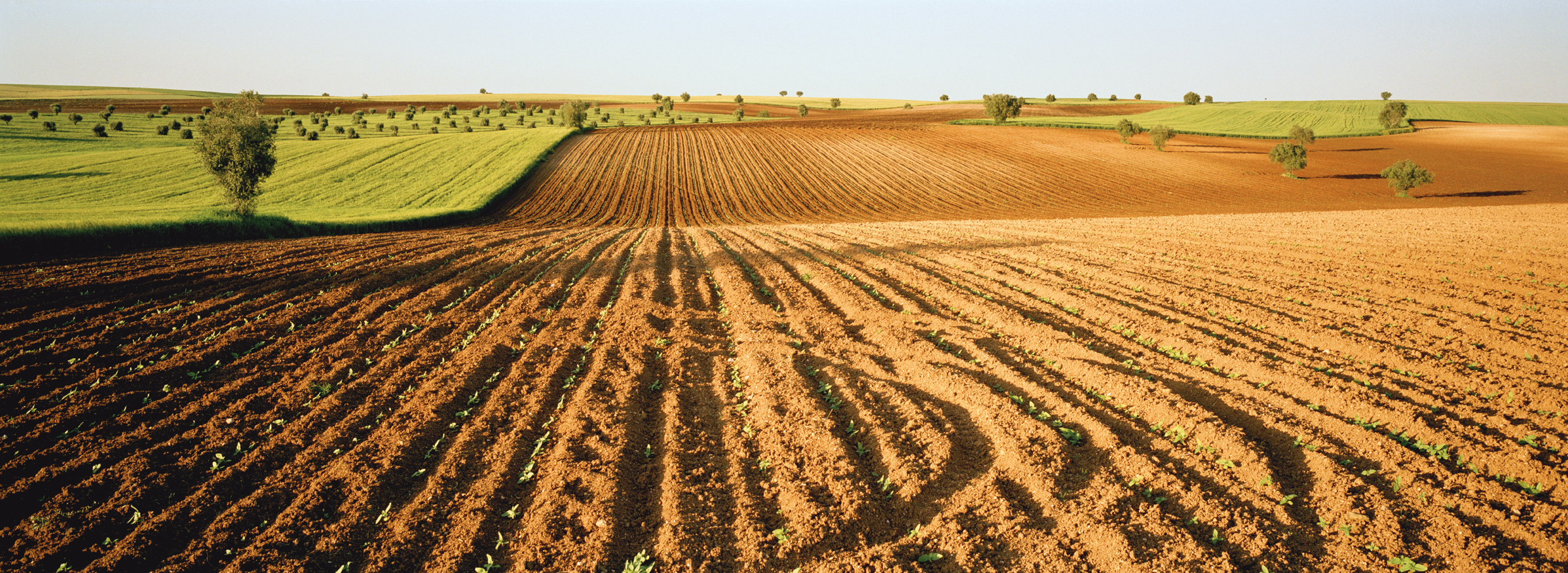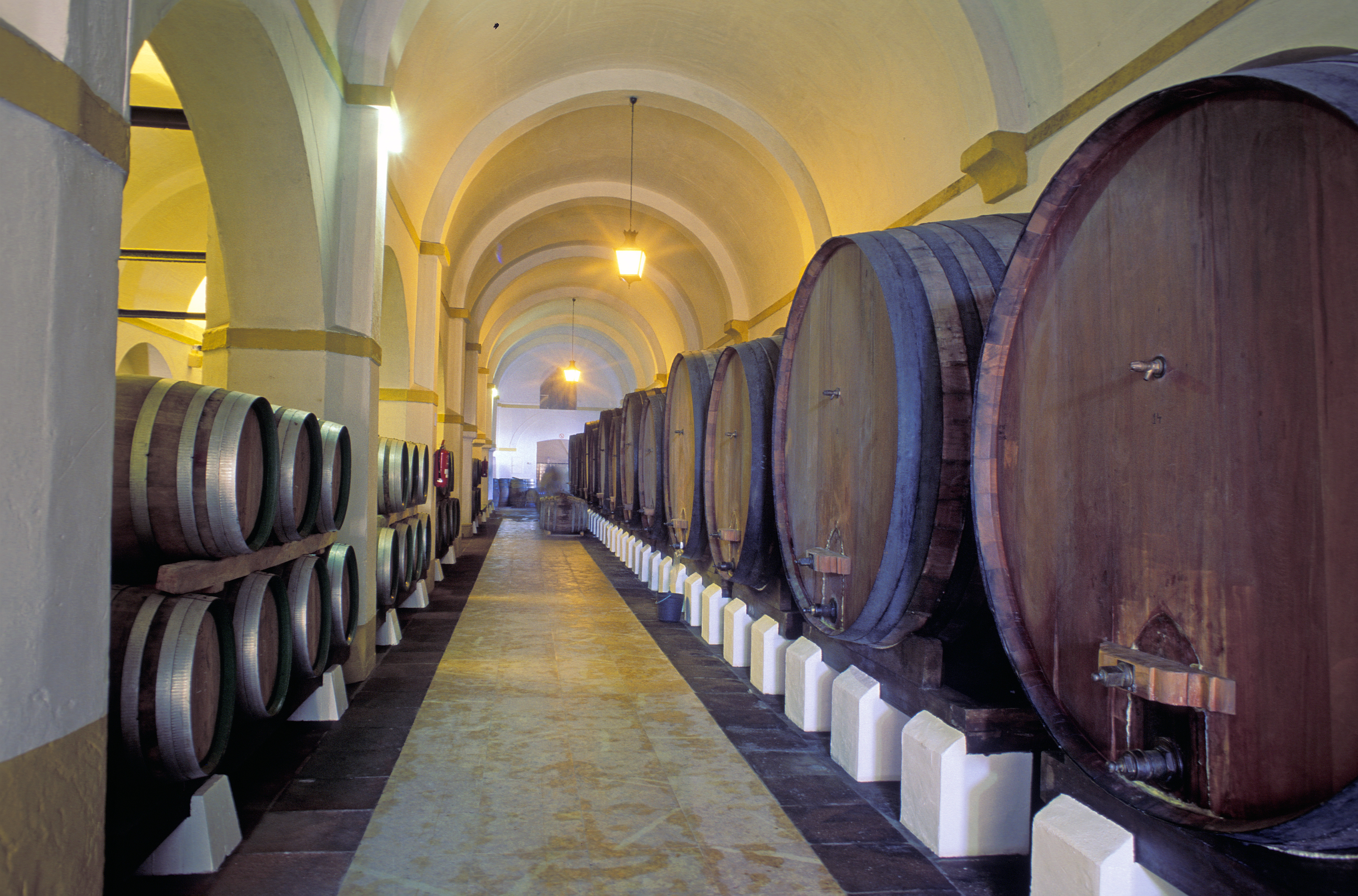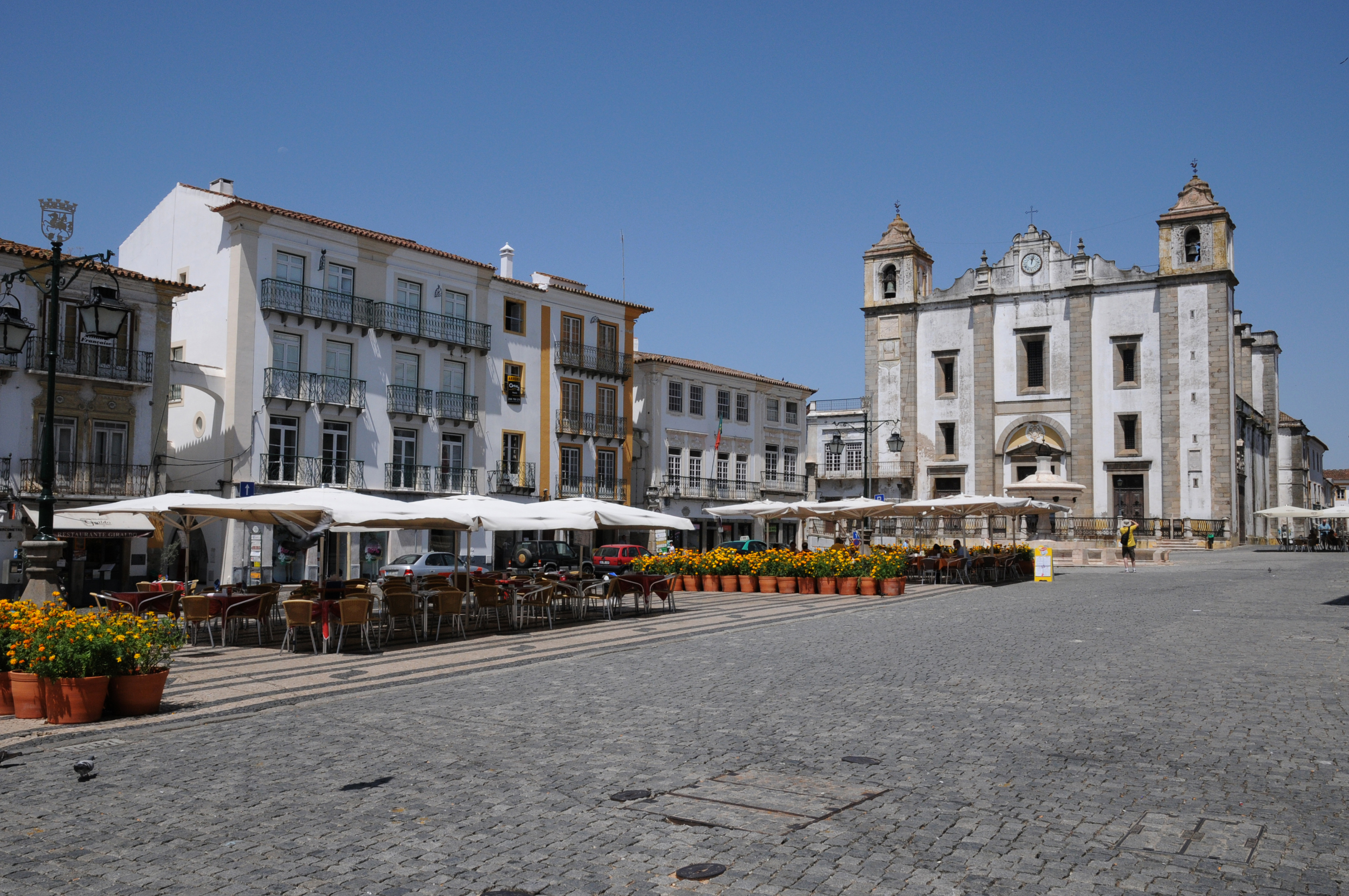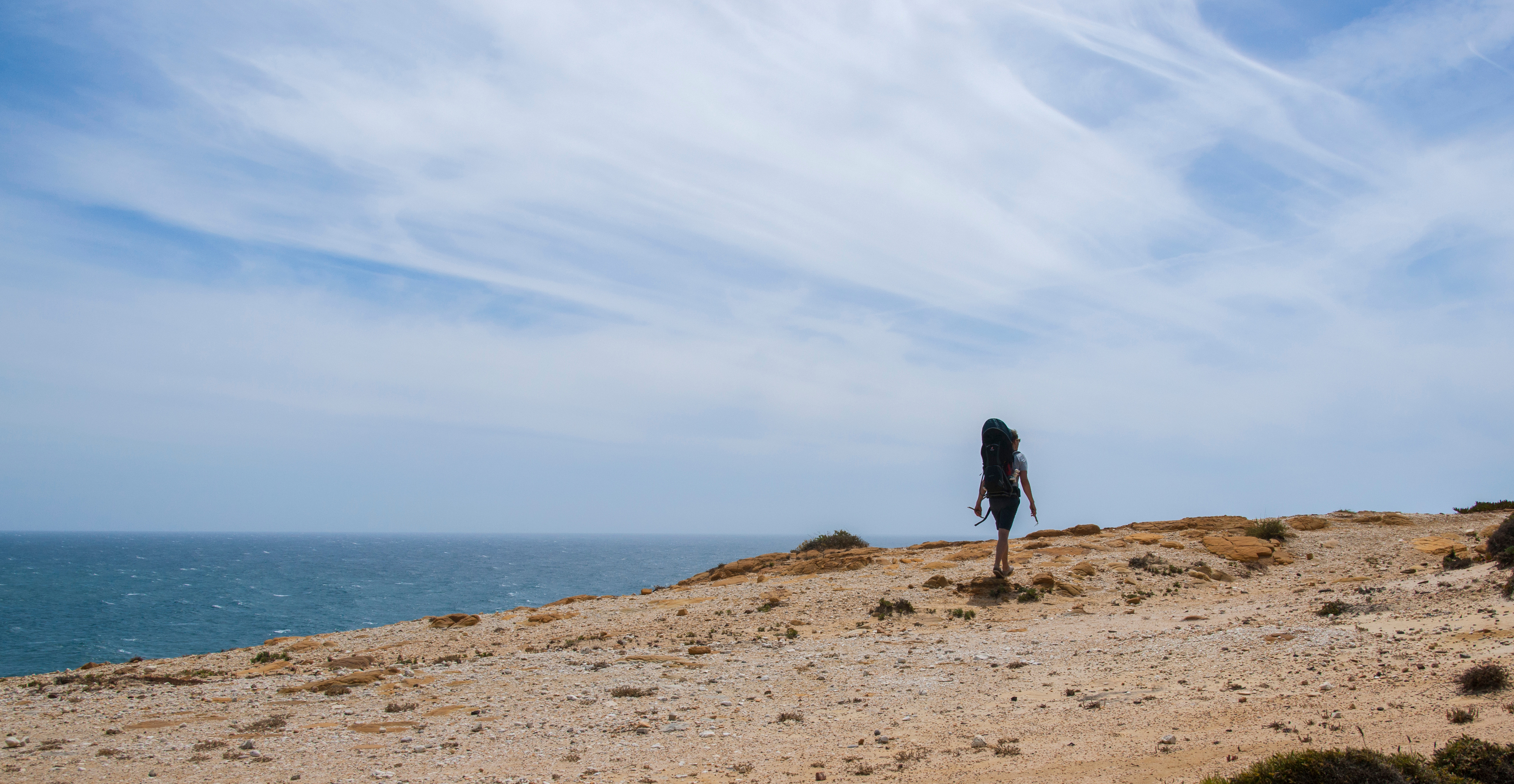Time has its own agreeably slow pace in the Alentejo. Maybe it’s because this vast region – which sprawls over a third of Portugal – has yet to be fully discovered.
It’s a serene landscape of cork forests, vineyards, olive groves, wheat fields, meadows and gently undulating hills, punctuated by nature reserves, natural parks and lakes. Here and there you’ll find Unesco-listed fortified cities, Roman ruins, marble towns and hilltop villages of whitewashed houses.
Clik here to view.

Alentejo, Portugal
It’s both Portugal’s bread basket and wine cellar, its vineyards producing nearly half of the country’s wine. A leisurely tour of the region’s wine estates gives you not only a chance to taste some of Portugal’s best wines but also a flavour of Alentejo cuisine. All those untouched forests are home to wildlife that ends up on the plate, including wild boar and the black pork known as porco preto. Combine that with fruity olive oil, wild mushrooms, pungent sheep’s milk cheeses and deliciously fresh seafood and fish from the Atlantic coast and you have the foundations for a deceptively simple yet rich cuisine.
Clik here to view.

Winery, Portugal
Take a fly-drive holiday to get under the skin of the Alentejo. Start in the historic city of Évora, whose medieval walls, Roman temple and 16th-century mansions were enough to convince Unesco to give the city World Heritage status. If you happen to visit on the second Tuesday of the month, you can browse the tantalising stalls of the large open-air food market in the Rossio district.
Clik here to view.

Do Giraldo Square, Evora
Just 12km from the Spanish border is another deserving member of the Unesco World Heritage list. Elvas has impressively preserved 17th-century fortifications – some of the best in Europe, in fact. It had been one of Portugal’s most important frontier posts, but since then it’s a mellowed into a pleasurable place to while away the time in the café-filled central square, Praça da República. From here it’s a quick hop across the Spanish border: within the hour you can be in Mérida, the fascinating capital of Extremadura and home to an astonishing collection of Roman ruins.
The Alentejo’s nature is something to be explored at a suitably relaxed pace. One of the most satisfying activities is hiking along one of the paths that make up the 450km Rota Vicentina. While many of the routes hug the rugged Atlantic coast of both the Alentejo and the Algarve, there are circular routes within the Alentejo’s interior.
Clik here to view.

Walking, Alentejo
To get to the heart of the region, try the circular route around the village of Santa Clara-a-Vehla in the south. You pass through rolling hills and woods of acacias, willow and ash before encountering the lush vegetation bordering the reservoir and lake at Santa Clara.
Further north, there’s a giant water playground thanks to the creation of the Alqueva dam. Simply called Great Lake, it’s one of Europe’s biggest artificial lakes and offers water sports including kayaking, wakeboarding and water-skiing. For something less strenuous, hike or cycle along the marked trails lined with olive trees. Boat trips regularly chug through the waters and along a marvellous coastline that looks like giant leaves had been dropped on the water. Like the rest of the Alentejo, it’s something to be savoured slowly and lazily.
Clik here to view.

Alqueva lake, Alentejo
